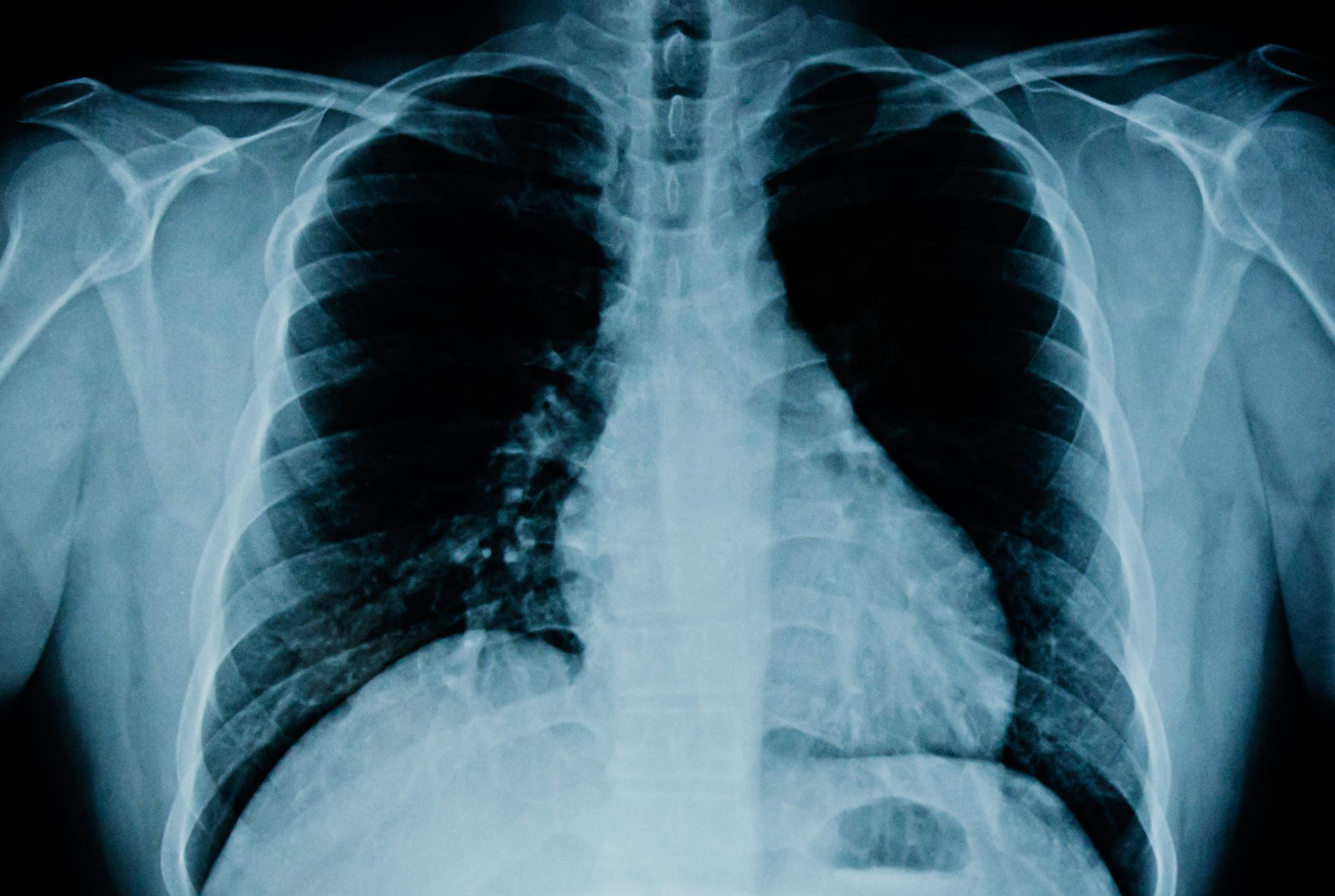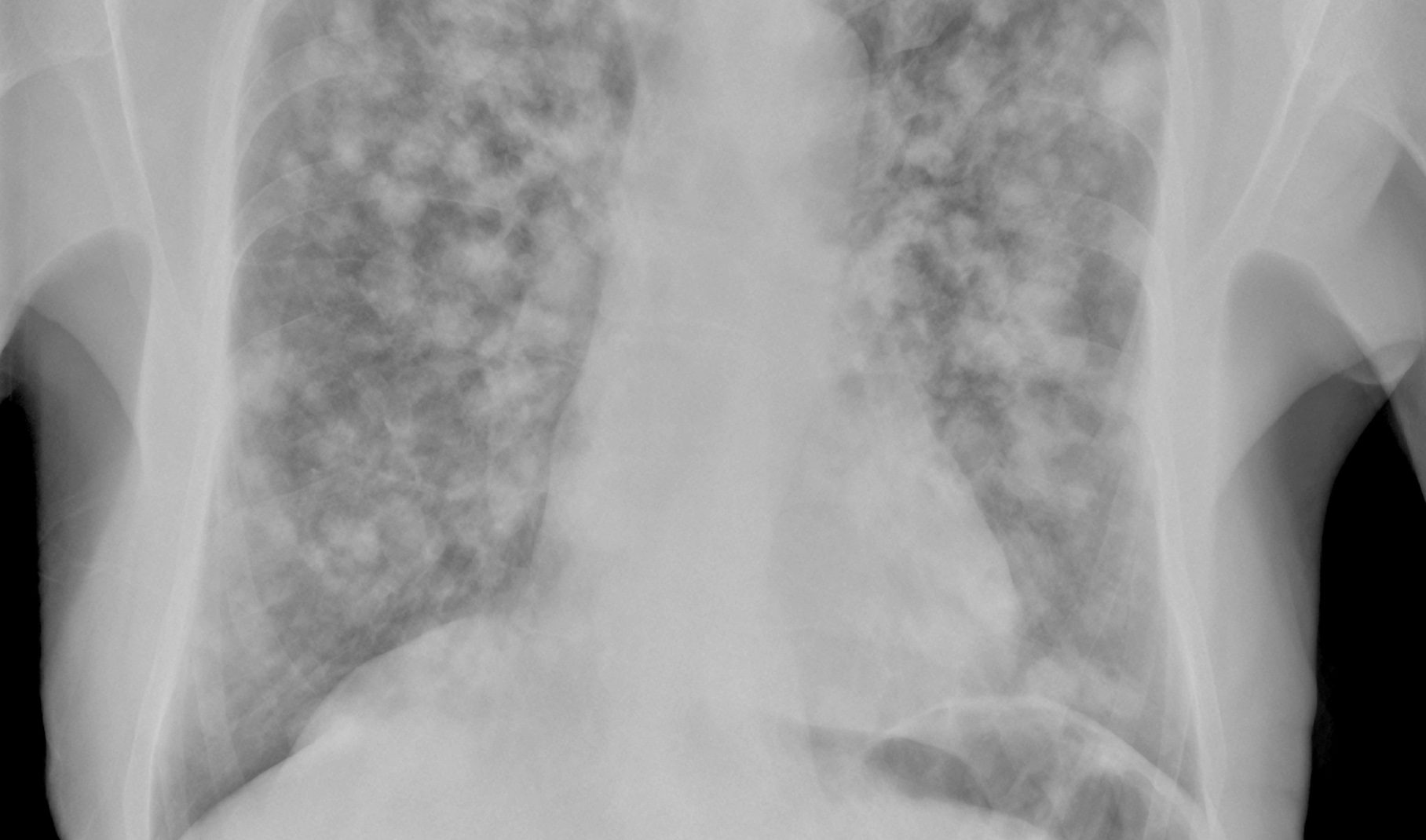A study by the German Diabetes Center found not only that diabetes increases the risk of erectile dysfunction in men, but also that there are differences in its occurrence between different diabetes subtypes. What exactly are the findings? Does this allow conclusions to be drawn about future therapies?
As men age, they may experience erectile dysfunction. However, a diabetes condition can additionally increase this risk. The fact that erectile dysfunction occurs more frequently in type 2 diabetes than in type 1 diabetes now aroused the interest of researchers at the German Diabetes Center (DDZ). To review how common erectile dysfunction is in the new subtypes of diabetes and what conclusions can be drawn for any therapies.
In the meantime, scientists are increasingly coming to the conclusion that there are not just type 1 and type 2 diabetes, but five subtypes, some of which can have very different effects on those affected. These five subtypes can be classified as follows:
- Severe autoimmune diabetes (SAID); corresponds to classic type 1 diabetes
- Severe insulin-deficient diabetes (SIDD)
- Severe Insulin Resistance-Responsive Diabetes (SIRD).
- Moderate overweight diabetes (MOD)
- Moderate age-related diabetes (MARD)
“People with insulin-deficient diabetes, for example, are more likely to show disturbed pain sensations such as tingling or numbness in their hands and feet, while those with severe insulin-resistant diabetes are at higher risk of liver and kidney disease,” explains Prof. Dr. Michael Roden, Scientific Director and Chairman of the DDZ, and continues. “The aim of our new study was therefore to characterize the frequency of erectile dysfunction in these five subtypes of diabetes.” To this end, more than 350 men aged 18 to 69 years with newly diagnosed diabetes were studied as part of the German Diabetes Study. An additional 124 men from the German Diabetes Study without diabetes were included as a control group.
First, it showed that 23 percent of all men with diabetes studied suffered from erectile dysfunction – compared with only 11 percent of men without diabetes. Compared with the subjects without erectile dysfunction, the affected subjects were also older, had a higher body mass index (BMI), higher triglyceride levels, and lower cholesterol levels. “It is interesting to note, however, that the frequency of dysfunctions was highest in individuals with severe insulin resistance-associated diabetes (SIRD), at 52 percent. In contrast, they were lowest in severe autoimmune diabetes (SAID) at 7 percent,” said Dr. Haifa Maalmi, a research associate in the Inflammation Research Group at DDZ, summarizing the results. “This suggests that the incidence of erectile dysfunction differs between diabetes subtypes.”
Since in addition to SIRD subtype, SIDD subtype also has a relatively high risk of erectile dysfunction in men, insulin deficiency as well as insulin resistance can be considered as major factors. “Therefore, the next step should be to specifically examine these two subtypes for erectile dysfunction,” says Prof. Christian Herder, MD, deputy director at the Institute of Clinical Diabetology. “If the underlying mechanisms are better understood here, therapies can also be more targeted.”
Source:
Maalmi H, et al: Differences in the prevalence of erectile dysfunction between novel subgroups of recent-onset diabetes. Diabetolo-gia 2022; 65(3):552-562. DOI: 10.1007/s00125-021-05607-z.











